Ferrari. The word, or rather team that's on everyone's lips currently in the Formula 1 paddock. Their performance this season has been the worst on record since the early-to-mid 90s slump where they failed to score a win in three years.
So, what is it that's wrong with the legendary Italian marque? Is it the car, the drivers or the management at fault? Is it a combination of all three? Well, that's why I'm writing this article, to find out.
The Car
Firstly, lets start with the car. Due to the new lower nose regulations that were put in place for this season, many teams decided that to get the airflow underneath the car, thus creating downforce, that they needed to have a skinnier nose tip, thus why we have seen the like of the ant-eater and phallic-shaped noses.
The Scuderia decided to go down an all-together far more revolutionary route, with an almost vacuum-cleaner-esque front end, with a far wider nose-tip, allowing for increased air-flow over the car, but not under. Their idea was essentially to re-route the air-flow and allow it to travel over the bodywork and therefore create downforce.
However, with the removal of different components at the rear of the car, such as the rear-wing beam and also change in exhaust positioning where it was previously used to blow onto the diffuser, giving traction and grip, allowing a driver to exit a corner and have more downforce in high-speed corners, Ferrari's somewhat bold design has proved to be less effective that originally planned.
The problem, especially in lower-speed corners, is that the air is not travelling under and over the car fast enough to create the necessary downforce, which is why the car suffers from such poor understeer, as has been evident in the pace of the F14 T, especially over the course of a flying lap.
At tracks where there are far more flowing medium-to-high speed corners we have seen the car perform relatively well, hence the podiums courtesy of Alonso in both China and Hungary. However, at stop-start tracks like Monaco, the results have not been so positive.
The aerodynamic problems are most certainly not aided by another fault in the design of the F14 T – the turbo cover. Now, this may seem like a rather unusual thing to comment on, but it first became evident at pre-season testing in Jerez, after an analysis by Sky Sports' Ted Kravitz.
Essentially the ballistic turbo cover does what it says on the tin – it protects the turbo in the event of it either catching fire or exploding, which is a far more realistic possibility than it may sound given how hard the cars are pushed. In order for the cover to fulfil its purpose, it has to be strong and made from metal as a heat-guarding material. Now, strong and metal are not two things that a Formula 1 car designer likes to hear, because that means that it's going to be heavy. And heavy isn't good.
Ferrari found a loophole in the technical regulations and instead of manufacturing a bespoke cover, they decided to use the rear part of the engine cover (where the turbo is situated) instead. Essentially they strengthened it and made it so that in the event of the previously mentioned, it would be able to withstand such circumstances.
This all seemed like a good idea, but it still made the rear of the car heavier and with the centre of gravity being higher, it caused a severe reduction in traction, not helped by the lack of downforce, meaning that the car is incredibly difficult to get around and out of a corner.
The Drivers
One would imagine that the drivers are merely victims in this horrible situation where the Technical Director has designed a poor car, however their performance is ultimately what could bring the results.
It seemed like the perfect partnership when it was announced that Raikkonen would return to his former team, partnering Fernando Alonso; two competitive, fiery drivers that share three World Titles between them, both aggressive and also mature. However, whilst they haven't squabbled like Nico and Lewis a couple of garages down, their motivation, I should imagine has waivered somewhat after their results this year.
Starting with Alonso, his ability to work magic behind the wheel of an uncompetitive car seems to know no bounds. You only have to look back a couple of years ago to 2012, when an equally poor car from Ferrari hit the track in Australia, he finished in fifth place. Fifth, in a car that was at the start of the weekend in the hands of Massa over 2.5 seconds behind his team-mate.
Before that it was of course with Minardi in 2001 when, also at Oz, he out-qualified his more experienced team-mate by the same margin.
He has put in some almost unbelievable drives this year, with the two aforementioned podiums, but despite one retirement, he has not finished outside the Top 10 yet, with a worst of ninth place at Bahrain. Alonso really does seem to be able to get the best out of a bad situation, the Spaniards fighting spirit must've been incredibly morale boosting for the team.
He is easily their best chance of a debut victory under 2014s regulations, but with the main focus for the team on 2015, it will be increasingly more difficult to do so.
Forward to Raikkonen, probably the hot topic for most reading this article and I'll start off by saying what most of you are thinking – Yes, he has performed poorly. There's no denying it at all, his pace over a hot-lap has been between 0.5 and 1 second off of Alonso's, and over a race distance it becomes even more evident after having only beaten the double-World Champion in just one race out of 14 on the calendar so far.
But is it really his fault? There have been a fair few internal and structural problems at the Ferrari team, as is evident with the car that they have produced for 2014. The thing with Alonso's performances are that he has been driving Ferrari cars for just under four years now, whereas Raikkonen hadn't done so for five years.
This may seem like a fairly obvious point, but a lot of things have changed within the Ferrari camp over five years, none moreso than the appointment of James Allison as Technical Director. Fernando was (and still is) there for all of the changes and has had time to become accustomed to what Allison and his team have to offer, whereas Kimi hasn't. Alonso had a crucial input on the 2014 car, whereas the Raikkonen did not. The Spaniard had time to test the car in the simulator prior to the end of 2013, whereas the Finn didn't.
You can see a pattern emerging here, and although it all seems relatively obvious, it's all fact. Allison himself even went as far as to say at the Belgian Grand Prix that Raikkonen's driving style doesn't suit the design, and that speaks volumes for the Italian brand.
The question is now, what can the drivers do? Aside from giving constant feedback and asking for changes, not a great deal unfortunately. Ferrari's main focus is on 2015 and challenging for wins and titles next year, and mathematically they are all-but out of the running this season. So development for the remainder of this year will be limited and almost non-existent.
Rumours have been growing that Alonso is deciding to move on from the Scuderia, with potential moves to McLaren, Mercedes, Red Bull and also Lotus potentially in the frame. Whether these turn out to be nonsense could be incredibly important to the Ferrari 2015 campaign, although Alonso himself is yet to dismiss them, despite Marco Mattiacci confirming that their driver line-up would be unchanged next year.
It could be left to Raikkonen to spearhead the Ferrari campaign with potential replacements for Alonso coming in the form of Jules Bianchi, Rosberg and even Sebastian Vettel.
So, what will happen? Your guess is as good as mine, but should Alonso leave the team I should imagine that it may have a far bigger impact than originally though, especially considering his input into the 2015 car.
The Management
There have been key movements within the Ferrari camp this year, perhaps most importantly was Stefano Domenicali's departure from the Maranello-based outfit. He quit reportedly due to the poor performance from the team throughout recent seasons.
Domenicali is an incredibly experienced man within Motorsport, and not just Formula 1 after having had stints in DTM and MotoGP in the 90s before joining Ferrari. So, when he decided that enough was enough, it came as a big shock to many journalists and the tifosi. I mean, it's hardly as if his place at the team wasn't justified and despite some poor cars, he managed the team to great success in 2008 and later in 2010 when Alonso just missed out on the Drivers Title.
However, the Italian states that he 'walked before he was pushed', demonstrating the cut-throat nature of Ferrari. Following Stefano, in came Marco Mattiacci, a relatively unheard of name in the paddock, who was brought in to radically turn-around the teams' ailing performance. However, Stefano's fellow Italian is yet to do so. Performances have improved, and the car has gradually gotten quicker, but it's still around 0.5 of a second behind the likes Mercedes and Red Bull on a good day.
Marco's debut into Formula 1 was never going to be an easy one, and that wasn't helped by a further resignation from the Chairman, Luca di Montezemolo. Although Luca's involvement with the Formula 1 outfit wasn't exactly pivotal, his loss has certainly been felt within the team and indeed, the fans.
The former President and Chairman was understandably appalled at what should be a race-winning team languishing 4th in the Constructors' Championship, having not won a single title of any form since 2004 under the helm of Brawn and Todt.
Although Ferrari's 2015 plans regarding management are currently unclear with names such as Ross Brawn re-circulating and potentially Martin Whitmarsh, I do wonder whether the Italian-marque need to get the infrastructure sorted before too long, as 2015 is only six months away from lights out.
---
I hope that you have enjoyed this insight into Ferrari and why their performance in 2014 has been so surprising, if you would be interested in further articles like this then please comment below.
Thank you for reading.
Tom Brooks
Chief UK Editor
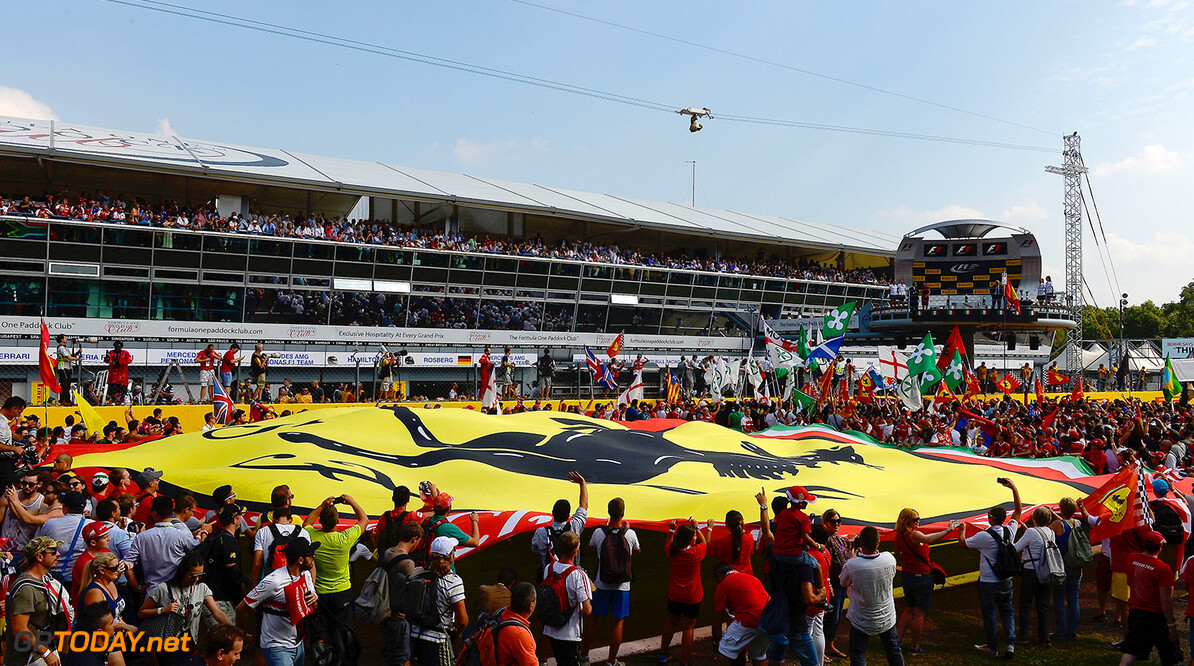
 0
0












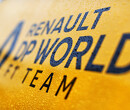
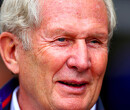
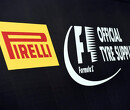
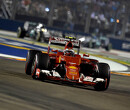
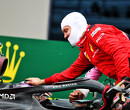





Replies (0)
Login to reply